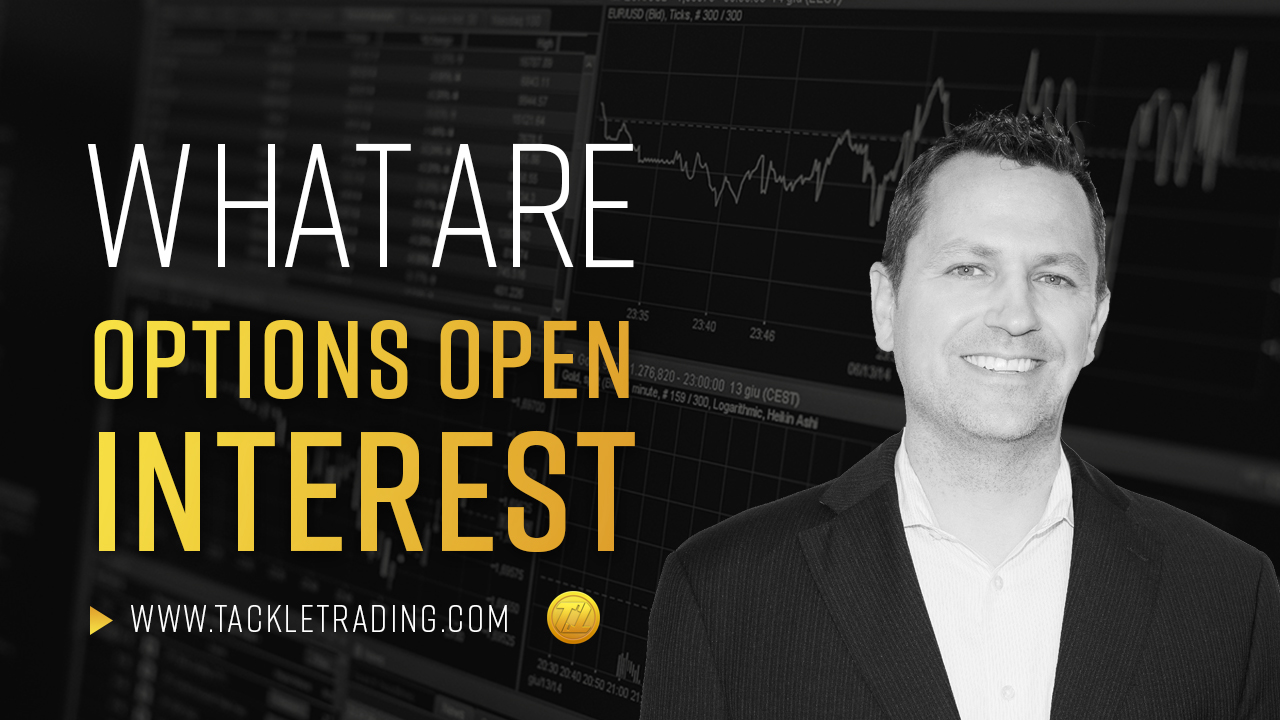Introduction
In the realm of finance, options trading is a fascinating and powerful tool that offers the potential for both substantial gains and potential losses. Imagine standing at the crossroads where probability meets speculation, where the ability to forecast market movements can lead you down a path of financial success. My journey into options trading began with an intriguing conversation at a financial networking event. As I listened to a seasoned trader effortlessly navigate the complexities of this domain, I couldn’t resist the allure of delving deeper into this intriguing world.

Image: tackletrading.com
Understanding Options Trading
Options trading revolves around financial contracts known as options. These contracts grant buyers the right, but not the obligation, to buy or sell an underlying asset at a predetermined price (strike price) within a specified time frame (expiration date). Options come in two primary flavors: calls and puts. Call options give buyers the right to buy an underlying asset, while put options give them the right to sell.
The underlying assets in options trading can span a wide spectrum, including stocks, bonds, commodities, and indices. The value of an option fluctuates in tandem with the underlying asset’s price and the passage of time. Traders can capitalize on their predictions about future market movements by buying and selling options accordingly.
The Evolution of Options Trading
Options trading has roots dating back to ancient Greece, where philosophers employed a form of options to speculate on the price of olive oil. However, the modern concept of stock options emerged in the 1970s with the establishment of the Chicago Board Options Exchange (CBOE). Since then, options trading has evolved significantly, with new types of options and trading strategies emerging to meet the diverse needs of investors.
Types of Options
- Call Options: Grant the buyer the right to buy the underlying asset. When the underlying asset’s price rises above the strike price, the call option gains value.
- Put Options: Grant the buyer the right to sell the underlying asset. When the underlying asset’s price falls below the strike price, the put option gains value.
- Covered Calls: Involve selling call options against shares of the underlying asset that the trader already owns.
- Naked Calls: Involve selling call options without owning the corresponding shares of the underlying asset.
- Spreads: Combine multiple options of different strike prices and expiration dates to create more complex trading strategies.

Image: www.warriortrading.com
Trading Strategies
Options trading offers a wide array of trading strategies that cater to different risk appetites and time frames. Some common strategies include:
- Bullish Strategies: Designed to profit from rising prices, such as buying call options or selling put options.
- Bearish Strategies: Aim to profit from falling prices, such as buying put options or selling call options.
- Neutral Strategies: Target a specific price range, allowing traders to generate income without predicting the direction of the market.
- Spread Strategies: Combine call and put options, providing more complex and potentially higher returns than buying or selling single options.
Tips for Options Trading
- Understand the Risks: Options trading involves substantial risk and is not suitable for all investors.
- Educate Yourself: Thoroughly research options trading concepts, strategies, and risk management techniques before trading.
- Start Small: Begin with small trades and gradually increase your position size as your knowledge and experience grow.
- Manage Your Risk: Use stop-loss orders to protect your profits and limit potential losses.
- Monitor Your Trades: Track the performance of your options and make adjustments as needed.
FAQs on Options Trading
Q: What is the difference between options and futures?
A: Options give buyers the right, but not the obligation, to buy or sell an underlying asset. Futures contracts obligate buyers to buy or sellers to sell at the agreed-upon price on the specified date.
Q: Can you lose more money than you invested in options trading?
A: Yes, selling uncovered options (naked calls or puts) poses the risk of unlimited losses.
Q: How do options traders make money?
A: Traders profit by buying or selling options when their predictions about the future price of the underlying asset prove correct.
Q: Is options trading a good way to get rich quickly?
A: While options trading has the potential for significant gains, it also carries substantial risks. Rapid wealth accumulation through options trading is highly unlikely and can be dangerous.
Definition Of Options Trading

Image: www.ispag.org
Conclusion
Options trading offers a powerful avenue for investors seeking to capitalize on market movements and potentially multiply their returns. However, it’s crucial to approach this realm with a thorough understanding of its risks and complexities. By embracing continuous learning, prudent risk management, and strategic trade planning, you can navigate the volatile waters of options trading and harness its potential for financial success.
Call to Action:
Are you eager to embark on the intriguing journey of options trading? Explore our comprehensive educational resources and connect with our experienced traders to enhance your knowledge and make informed trading decisions. Engage with the world of options and unlock the potential for financial triumph!






